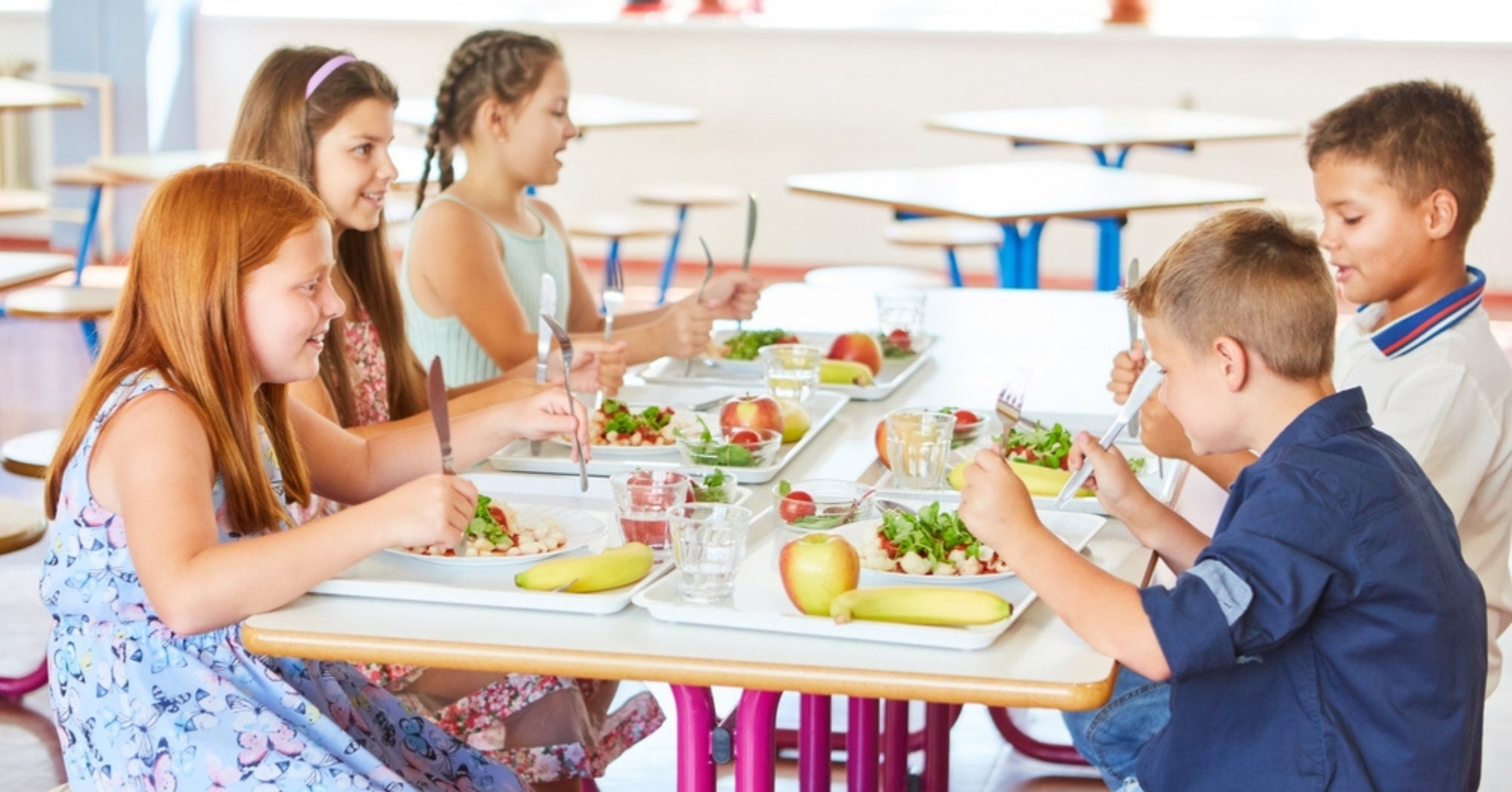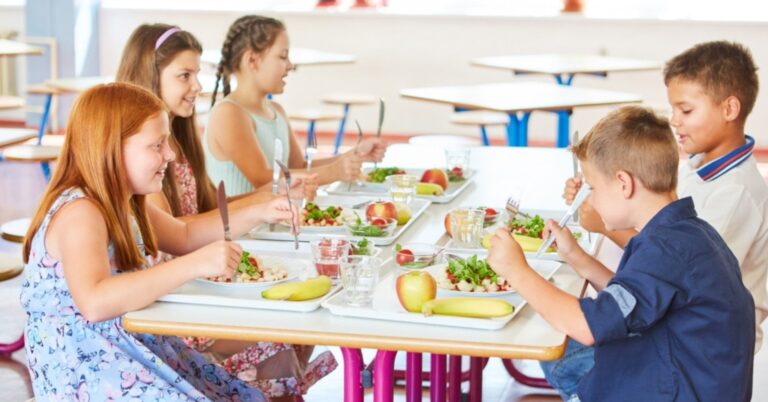Because October marks Farm to School Month in California, schools statewide celebrate with local fruits and veggies on the menu.
With participation in the state’s “School Meals for All” program soaring by 42 million meals in the 2023-24 school year, campuses are embracing fruits and vegetables like never before.
California is a state that ensures all students receive free breakfast and lunch regardless of their economic status. This initiative supports nutrition and strengthens ties with local farmers, promoting fresh meals prepared with locally-sourced ingredients.
“The Center for Ecoliteracy has been pivotal in this journey,” said Alexa Norstad, Executive Director of the Center for Ecoliteracy. “By partnering with farmers and school districts, we’re revolutionizing school meals, nurturing future generations of food-conscious citizens.”
Initiatives like the California Food for California Kids Network, celebrating its 10th anniversary this year, have expanded to over 140 school districts, serving 2.3 million students statewide. This network sources products locally in an effort to foster healthier eating habits and support local economies.

“In California, we’re witnessing transformative change in our food systems,” said Karen Ross, Secretary of the California Department of Food and Agriculture. “Through partnerships like these, schools are not only nourishing students but also fostering lifelong connections with local agriculture.”
To mark the network’s milestone, schools across the state have been hosting events throughout this month. From Farm to School Expos to garden gatherings and farmers’ markets, students are engaging in hands-on learning about food origins, sustainability, and healthy eating. These events aim to deepen appreciation for California’s agricultural bounty and educate students about their food choices.
“We’re at a pivotal moment in California’s food system,” said Ross. “The Center for Ecoliteracy’s California Food for California Kids Network demonstrates what’s possible when schools commit to purchasing more fresh and local foods from area small farmers for their cafeterias and classrooms.”


:max_bytes(150000):strip_icc()/7020566FamilyMidNov24GilTinseyFredHasen_Staff-f780dc4fbd19428ca13a6c5ef7b2886d.jpg)

:max_bytes(150000):strip_icc()/Tractor-Markets-c297ab82ea0049679d7582ea31abccf7.jpg)





:max_bytes(150000):strip_icc()/Mailson20Pignata-80428638420small-31723c138b15407da8e5f61ef410b0ba.jpg)
:max_bytes(150000):strip_icc()/iStock-112265799-2000-b149cf90761e4935bab7f22254a1b850.jpg)